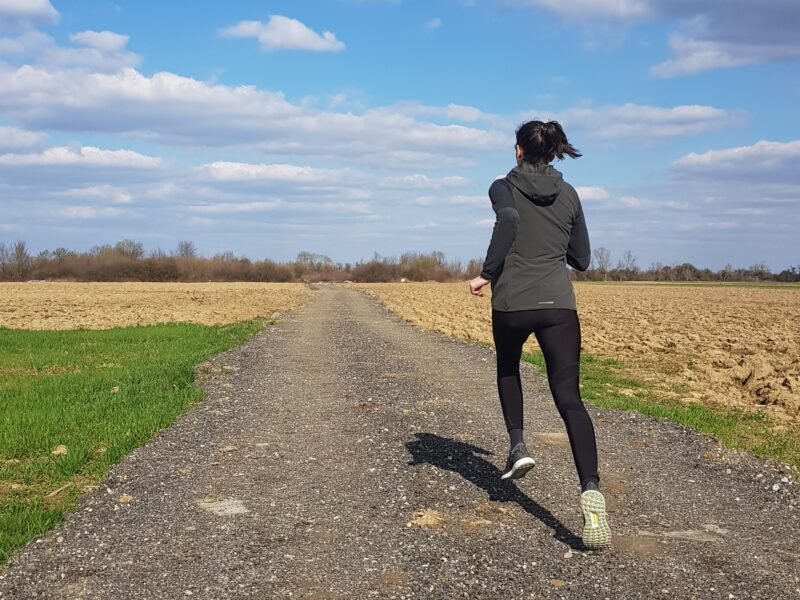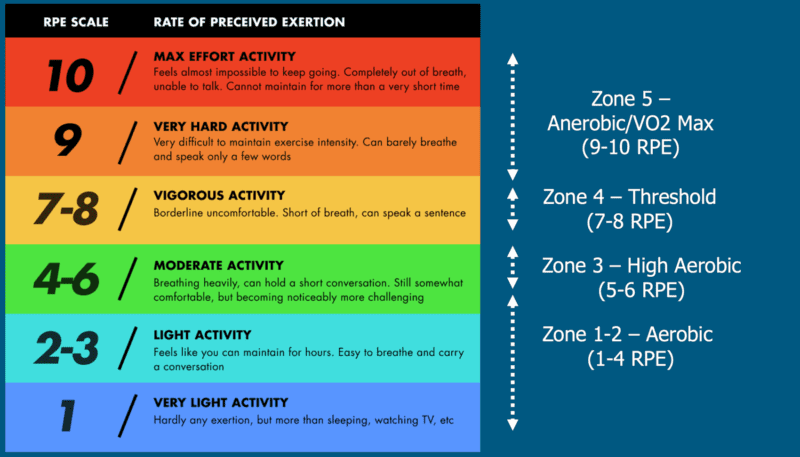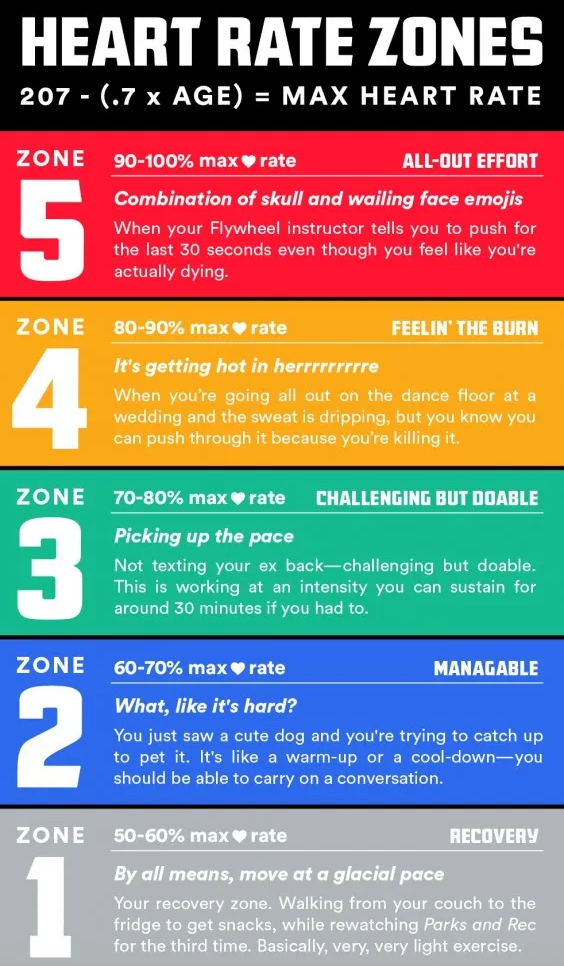Long Run for 10K
Long runs make you a more efficient runner regardless of the race for which you are preparing, even in shorter races, such as the 10K.
In this article, you will find out all about long runs for 10K.
How long should a long run be for a 10K?
Generally speaking, a long run for 10K is between 5 and 15 miles long, that is, 20 to 30 percent of total weekly mileage. This length varies depending on the weekly mileage of a runner, their experience, proneness to injury, and their training cycle.
It is difficult to give the right answer when it comes to the proper length of a long run before a 10K run.
The answer is individual for each runner and the number varies depending on multiple factors.
Some of these include the purpose and goal of the workout, current fitness level, experience, proneness to injury, and training capability.
However, it is important to be careful when it comes to the maximum distance of a long run.
When training for a 10K, there is no need to run for more than 150 minutes as you do not gain any significant physiological benefits and elevate the risk of injury and appearance of overtraining.
Example
If your current weekly mileage is 40 miles, then your long runs should not be longer than 12 miles or 150 minutes.
Below you can find my answers to the most common questions about a long run for 10K.

What are long run benefits for 10K?
Long runs are an important and even crucial part of training for 10K due to their numerous benefits.
They are a part of almost every experienced 10K runner’s training plan.
The 10K is primarily an aerobic activity, which means that energy is released in the presence of oxygen, through the oxidation of nutrients.
Therefore, it is important to include workouts that will improve your aerobic capabilities, and long runs are one of these workouts.
Long runs increase the number of mitochondria (structures that generate energy in cells) and develop your capillaries (blood vessels that deliver oxygen and nutrients to muscle tissue and remove waste products from it).
The greater the number of capillaries surrounding each muscle fiber, the faster the transfer of oxygen and carbohydrates into your muscles will be, meaning that you produce energy faster.
The more oxygen you can deliver to your working muscles, the better their performance will be.
Your heart becomes stronger and its stroke volume increases, that is, the amount of blood that can be pumped in a single heartbeat.
This means that you will be able to endure greater exertion and thus become faster.
Long runs increase the strength of muscles and connective tissues.
The stronger your muscles, tendons, bones, and ligaments are, the less prone to injury you will be and more capable of performing specific pre-race workouts, such as interval training.
Likewise, long runs increase your pain tolerance and fatigue resistance, as well as build your self-confidence.
Read more: The Purpose of the Long Run (21 Long Run Benefits)

What pace should your long run be for 10K?
Numerous factors decide the pace at which you will run long runs for 10K.
While creating your training plan for 10K, it is important to predetermine the goal and purpose of each workout, including long runs, in order to adjust the intensity and exertion that will be necessary for their performance.
Furthermore, it is important to consider the type of long runs that you will be doing, as well as your current fitness level, terrain, and weather conditions.
Therefore, running by feel is the most precise, but also the hardest method for determining your running pace.
Standard long runs (LSD – long slow-distance runs) are run at a conversational pace, meaning that you can speak normally while running, without losing breath in the process.
This pace is equal to 55–75% of your current 5K pace.
According to the scale of perceived exertion (RPE scale), the level of exertion is estimated at around 3 to 4.

You can determine your pace by following your heart rate with a heart rate monitor.
The standard long run is placed in zone 2, that is, around 60–70% of your maximum heart rate. It is important to know that numerous factors affect your heart rate.
Example
If you run on uneven terrain, you are unable to maintain your set pace on steeper sections, but you still invest equal effort. Despite running the workout slower than you would on flat ground, the effect will be similar since you will be following your heart rate.
Therefore, focus on the effort to stay within a certain zone, and not on pace.
That way, you will get the physiological benefits of a long run for 10K without increasing the risk of injury or the appearance of extreme fatigue.

How often should you do long runs for 10K?
When training for 10K, it is sufficient to do long runs once a week.
That said, you must make sure that this workout fits your overall training plan in terms of length and effort level.
Long runs are just one type of workout, and they are not an important form of preparation for the 10K race when compared to specific speed workouts, such as interval or tempo training.
Therefore, make sure that you do not go overboard when it comes to the length and intensity of long runs and that you give your body enough time to recover in order for you to be ready for faster workouts.
To learn all about long run read this article: What is Considered a Long Run? (5 Long Run Examples).

Matea Matošević
Hi, I’m Matea! I’m an Olympic Marathon Runner, founder, and writer behind OLYRUN.com. On this site, I provide help in the form of my knowledge and experience to all who love running and active living. Read more…

